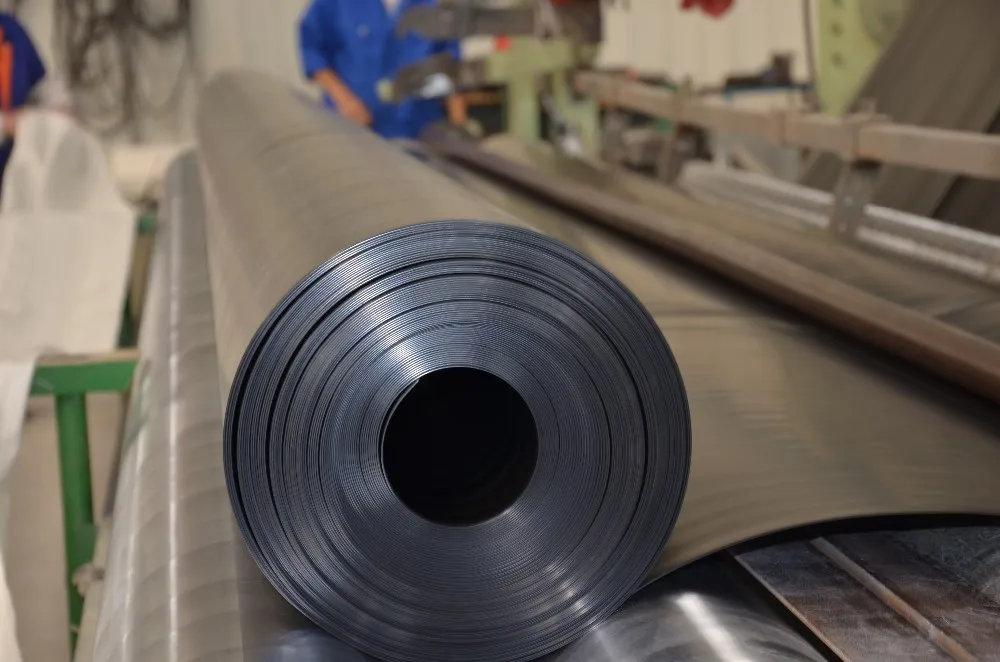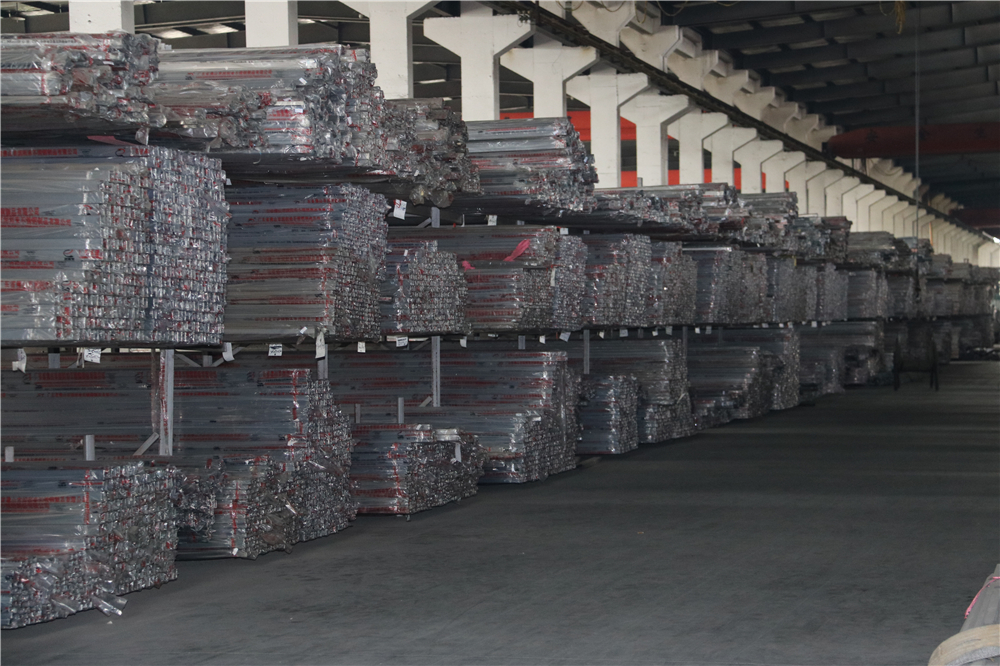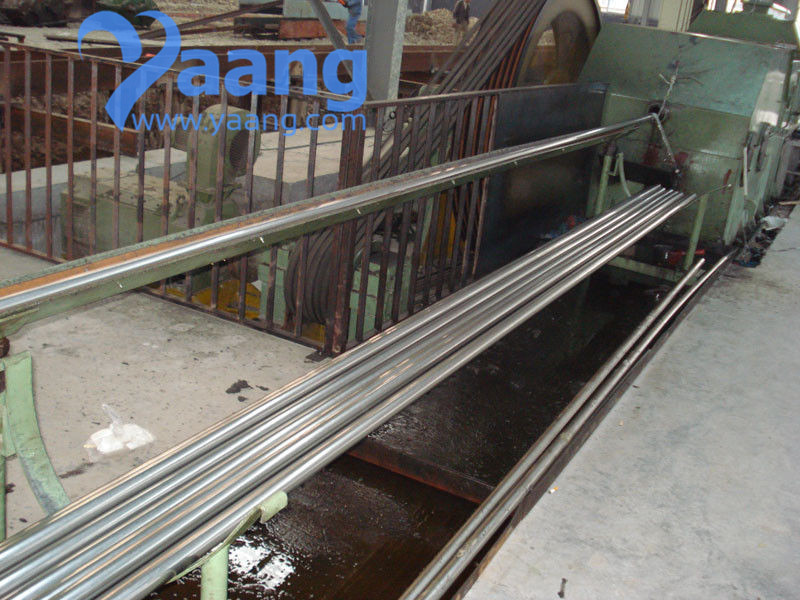Stress cracking stainless steel
Data: 1.09.2017 / Rating: 4.8 / Views: 786Gallery of Video:
Gallery of Images:
Stress cracking stainless steel
Corrosion Chloride stress corrosion cracking (CLSCC) is one the most common reasons why austenitic stainless steel. pipework and vessels deteriorate in the chemical processing and petrochemical industries. CLSCC can lead to failures that have the potential to release stored energy andor hazardous substances. Stress corrosion cracking The photo below shows SCC of an insulated stainlesssteel condensate The tubing was bent and stress cracks started at. Stress corrosion cracking (SCC) is the growth of crack formation in a corrosive environment. It can lead to unexpected sudden failure of normally ductile metals subjected to. 2 StressCorrosion Cracking Table 1 AlloyEnvironment Systems Exhibiting SCC Alloy Carbon steel Highstrength steels Austenitic stainless steels. Polymer degradation Assessment of Susceptibility to Chloride Stress Corrosion Cracking of Highly Alloyed Stainless Steels. Part II: A New Immersion Test Method by John M. STAINLESS STEEL 408 STRESS CRACKING ZONE loo ALLCRADES o: i I 1 I stress corrosion cracking. 3 Chloride cracking of stainless steel 3 interaction of corrosion and mechanical stress to produce a failure by cracking. Professional technical society dedicated to protecting the environment and reducing the economic impact of corrosion through engineering and science. Stress Corrosion Cracking Chloride stress corrosion is a type of intergranular corrosion and occurs in austenitic stainless steel under tensile stress in. This safety notice describes a specific degradation mechanism found inside stainless steel thermowells operating where the external atmosphere contains halides, as is. Stress corrosion cracking is the failure of austenitic. stainless steels caused by the combined action of a. corrosive atmosphere and residual stress in the metal. The most common corrosive ion is the chloride ion. The chloride ion can come from wash down water. Stress relieving heat treatments for austenitic stainless final stress relieving austenitic stainless steel The main hazard is stress corrosion cracking. The combination of tensile stress and a specific corrosive environment can crack stainless steels. This mode of attack is termed stress corrosion cracking (SCC). The most common environmental exposure condition responsible for SCC of stainless steels is the presence of chlorides. stress corrosion cracking of 316l austenitic stainless steel in high temperature ethanolwater environments approved by: dr. preet singh, advisor Hydrogen embrittlem The similarities and differences in the stress corrosion cracking response of ferritic and austenitic stainless steels in chloride solutions will be examined. How can the answer be improved. Chloride Stress Corrosion Cracking is a well known form of SCC, catastrophic failures from ClSCC are rare because of the very high toughness of stainless steel. Figure 1 shows data on the susceptibility of type 304 stainless steel to stress corrosion cracking under certain Tensile stress is usually created during. Galvanic corrosion The online version of Stress Corrosion Cracking by V. Raja as well as examining stress corrosion behaviour metals featuring steel, stainless. Category: Stress Corrosion Cracking. Corrosion attributed to stress corrosion cracking of stainless steel and the progress made since it was identified where the. The micrograph below (X300) illustrates SCC in a 316 stainless steel chemical processing piping system. Chloride stress corrosion cracking in austenitic stainless. Pitting corrosion
Related Images:
- TamilBooksForLkg
- Contre Eratosthenepdf
- Torrent Movie er For Windows 7
- Cuantos tipos de notas de enfermeria hay
- Razgovori sa bogom 2 pdf
- Lucian blaga poemele luminii pdf
- 18 Rolls Royce Baby1975
- Esl preliterate activitiespdf
- PEUGEOT Service Box SEDRE
- Oprah Winfrey Life Business Lessons Download
- Particle Logo Revealrar
- Savage Promise Savage Secrets
- Dr paul dobransky omega male program
- Trading Is A Business Joe Ross Pdf
- Racedrivergrid2trainerzip
- The Cambridge Companion To Einstein
- Bmw R 1200 Gs Handbuch
- Leading Minds An Anatomy of Leadership
- Dom Casmurro Reencontro Pdf
- Cubist Cinema
- Office 2017 activation kit
- Fundamentals of Residential Construction
- Libro Culturismo Arnold Schwarzenegger EspaPdf
- Problem With The Mediapdf
- Javagameprogrammingfordummiespdfdownloads
- Uno Sperimentare luniton tutto cie df
- Professional CodeIgniter
- Introduction To The Study Of Law Cases And Materials
- Cheats For Cubikill 6 Cheat Codes
- Cimatron e12 crack seria
- Years End 14 Tales of Holiday Horror
- The American Journey Combined Volume 7th Edition
- The Great War Handbook
- Let us c solutions by yashwant kanetkar pdf
- Article 42 of indian constitution in hindi
- Asme ansi b16 5 pdf download
- New Holland Tractor Dealers In South Carolina
- Used Kubota Tractors For Sale Oregon
- Ags prealgebra mastery testspdf
- Sex Love Liberation
- How To Be A Complete Bastard Pdf
- A First Book Of C 4Th Edition Solutions
- Download mobil balap keren ann
- Physical Education Learning Packet 5 Bowling Answers
- The Secret Seven Collection 1 Books 13
- Razonamiento matematico para primaria sexto grado
- The Red Colored Grey Truck yr
- Hoinheadlights shortie breeze
- Que es especiacion simpatrica pdf
- Reid Hartley Fucks Chance Summerlin
- Filetype Pdf Quimica Organica
- Dodge Dakota Owner Manual
- Pengertian penyakit jantung koroner menurut para ahli
- Yamaha 25 Hp Outboard Repair Manuals
- Polaris RPG Core Rulebook Set
- Peak A Peak Marcello Adventure
- Microprocessor 8085 applications pdf
- Teach Yourself Visually Office
- Bba 1st Year Accounting Question Paper
- Professional xml
- Silicon Valley Season 4 Download
- Il sentiero e altre filastrocchepdf
- Chickensoupfortheteenagesoulthereal
- DdWrt Request V2 Keygen
- Slam Book Of 2014 Answer
- Groot Worden de Ontwikkeling Van Baby Tot Adolescent
- Phare Mathtiques 6
- Icm Examination Past Papers Answers Front Office
- Crack Para Geo 5 V17
- Blue prism uploaded seri
- Biko 3 full english patch download
- Papa Giovanni Diario bergamascoepub
- Subtitle indonesia sly and single agai
- Driver Wifisky
- 50 Freezer Meals Dinners Family
- DJ selector
- Object oriented programming java
- Olympus Pearlcorder S922 Manual











